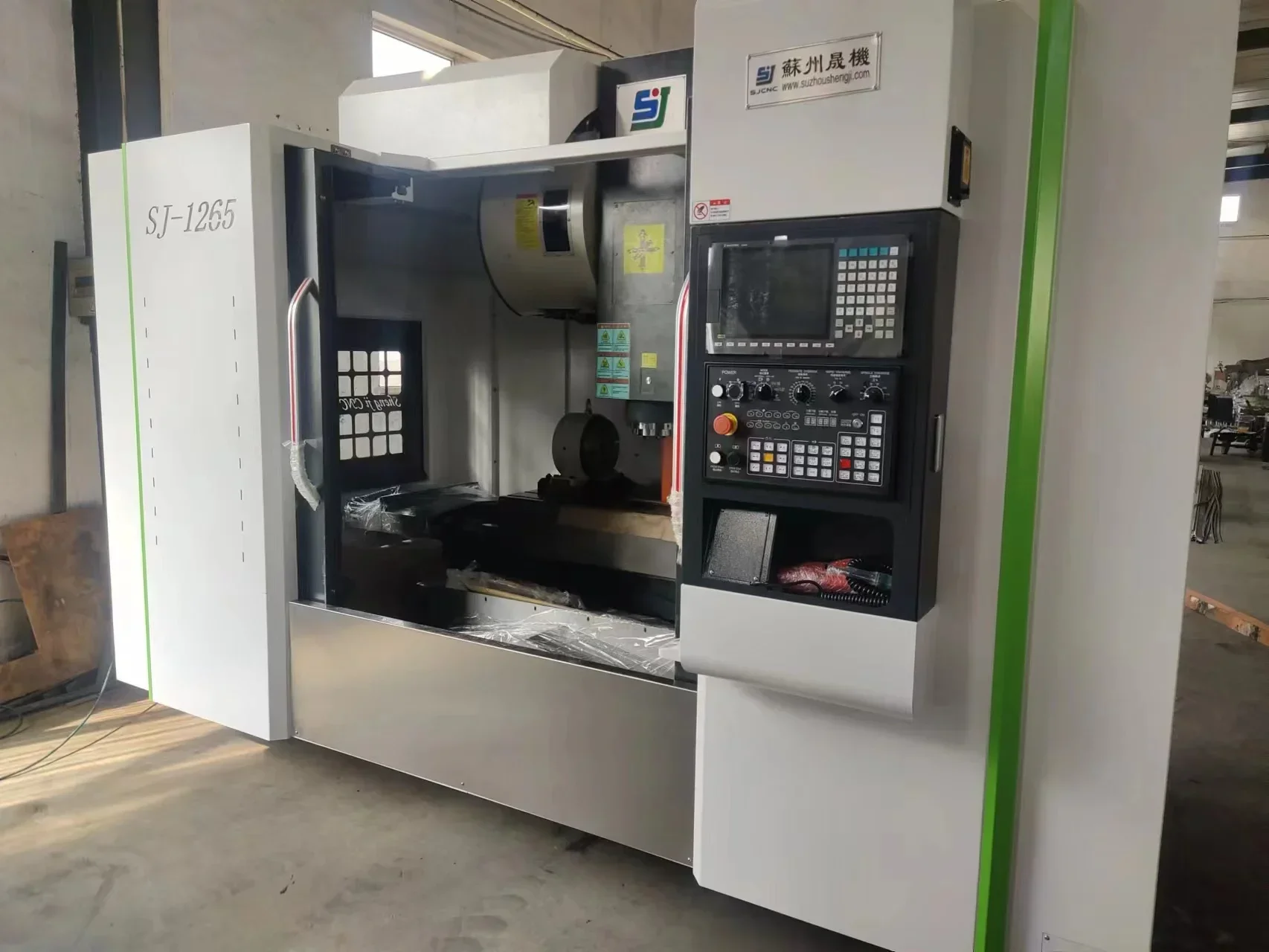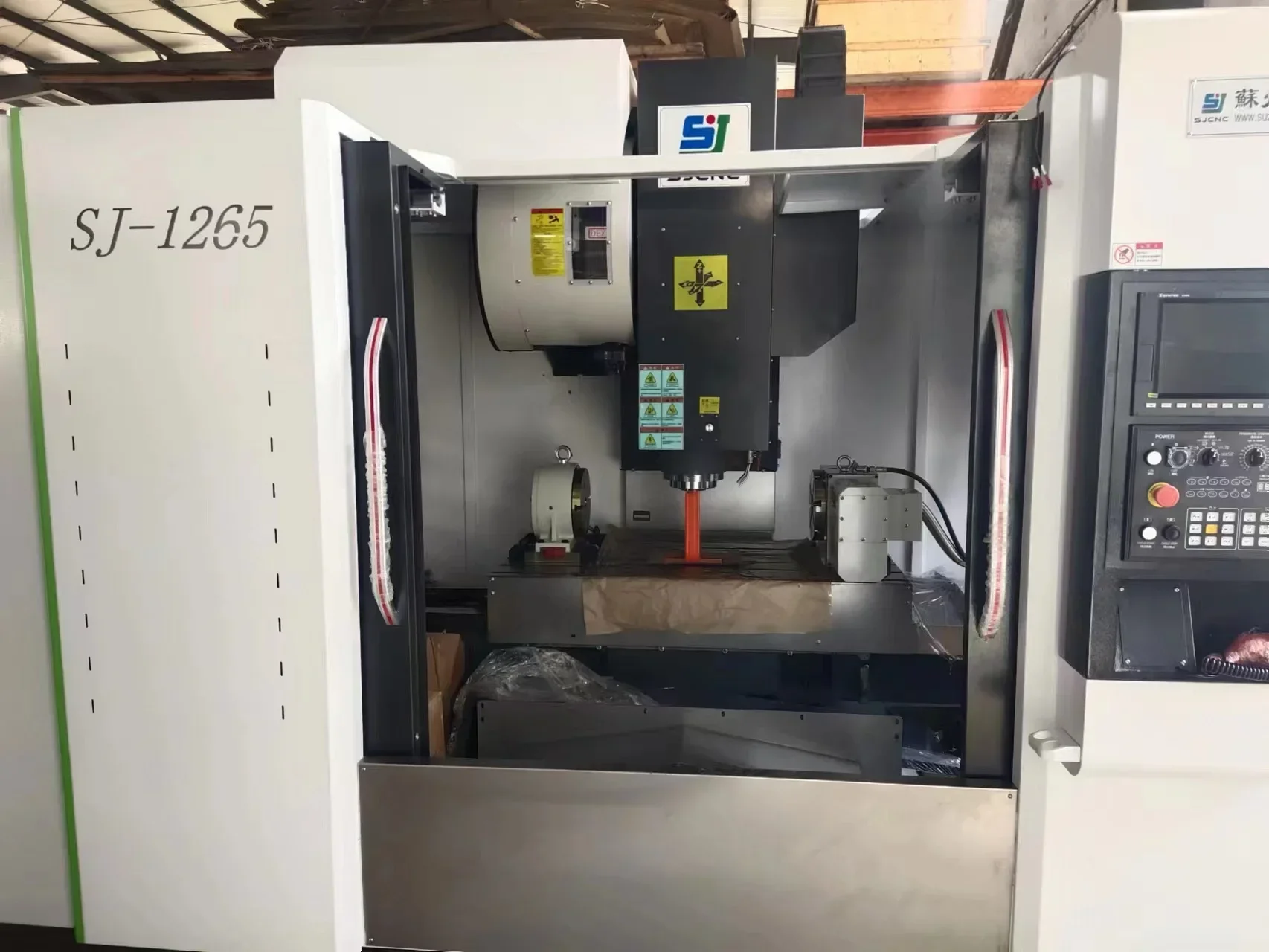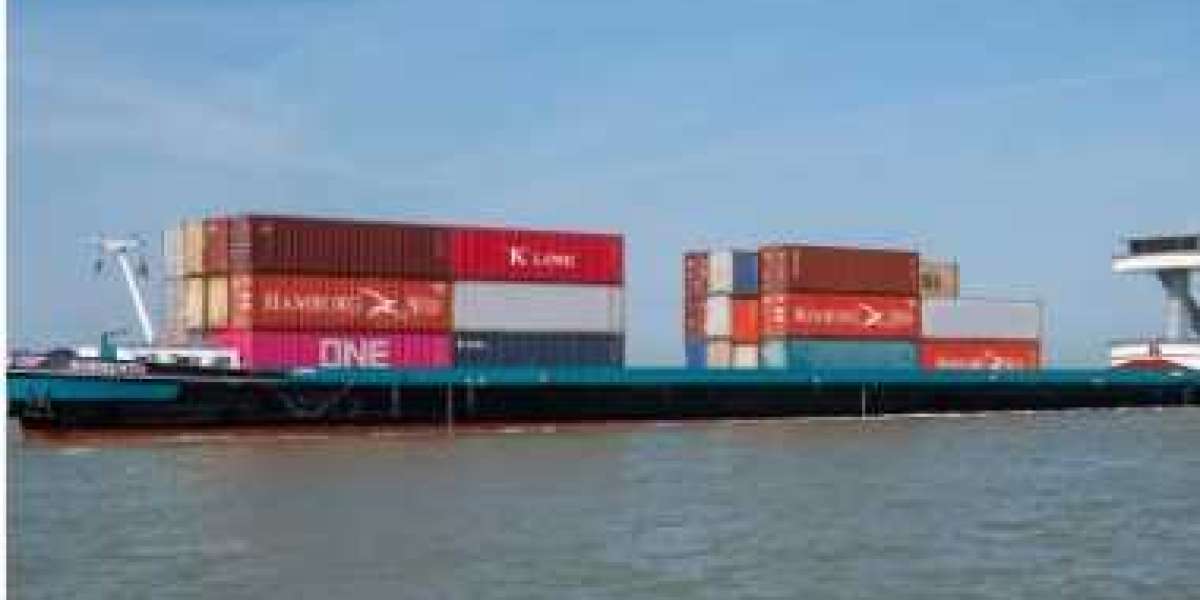Welcome to the world of precision engineering! In this fast-paced era, where innovation knows no bounds, it's crucial to stay ahead of the game. Have you ever wondered how complex and intricate parts are manufactured with utmost accuracy?These cutting-edge machines have revolutionized manufacturing industries worldwide by enabling engineers to create masterpieces that were once deemed impossible. So, join us as we unravel the mysteries behind these technological marvels and understand what makes them an essential tool for modern-day manufacturing perfection.
Introduction to 5 Axis Machining
A 5-axis machining center is a type of CNC machine that is capable of moving a workpiece in five different axes simultaneously. The most common axes are the X, Y, and Z axes, which correspond to the linear motion of the spindle along the x-, y-, and z-directions, respectively. In addition to these linear axes, 5-axis machining centers also have two rotational axes that allow the spindle to rotate in the x-y plane or the y-z plane.
5-axis machining centers are often used for manufacturing complex parts that would be difficult or impossible to produce with traditional 3-axis machining centers. One advantage of 5-axis machining is that it allows for a single setup of the workpiece, which means that all sides of the part can be machined without having to reposition it. This reduces setup time and improves accuracy. Additionally, 5-axis machines can reach areas of the workpiece that would be inaccessible with a 3-axis machine.
If you're considering purchasing a 5-axis machining center for your shop, there are a few things you should keep in mind. First, 5-axis machines are generally more expensive than 3-axis machines. You'll also need to make sure that you have enough workspace to accommodate a machine with this many degrees of freedom. You'll need to invest in proper training for your operators so they know how to get the most out of the machine. Finally, you'll need to ensure that your software is compatible with a 5-axis machining center.

How Does a 5 Axis Machining Center Work?
A 5 axis machining center is a versatile machine that can perform many different kinds of machining operations. The most common type of 5 axis machine is a vertical machining center, which has a spindle that is oriented vertically. The other type of 5 axis machine is a horizontal machining center, which has a spindle that is oriented horizontally.
5 axis machines are able to perform more complex machining operations than 3 axis machines because they have an additional two axes of motion. The extra axes give the 5 axis machine more degrees of freedom, which means it can move the tool in more ways. This allows the 5 axis machine to reach areas of the workpiece that would be inaccessible with a 3 axis machine.

Benefits of Using a 5 Axis Machining Center
A 5 axis machining center is a computer controlled machine that can perform multiple operations on a workpiece in a single setup. This type of machining center is typically used for creating complex shapes or patterns on a workpiece. The benefits of using a 5 axis machining center include:
- Increased accuracy: With all axes being controlled by the computer, there is less room for human error.
- Increased productivity: The ability to perform multiple operations in a single setup means that production time is reduced.
- Increased versatility: A wide range of shapes and patterns can be created with a 5 axis machining center, making it ideal for use in various industries.
Different Types of 5 Axis Machines
There are several different types of 5 axis machines, each with its own unique capabilities. The most common type is the horizontal milling machine, which can be used to create large and complex parts. Other types include vertical milling machines and gantry mills.
Horizontal milling machines are the most popular type of 5 axis machine, due to their versatility and ability to create large and complex parts. They can be configured with a variety of different toolheads to perform different machining operations, such as drilling, tapping, reaming, and boring. Additionally, they can be equipped with a rotary table to allow for milling at multiple angles.
Vertical milling machines are less common than horizontal milling machines, but they offer some unique advantages. They are typically more compact than horizontal mills, making them ideal for smaller shops. Additionally, the vertical orientation of the spindle allows for more precise cuts.
Gantry mills are heavy-duty machines that are designed for large-scale machining operations. They typically have a larger footprint than other types of milling machines, but this allows them to accommodate larger workpieces. Additionally, gantry mills often have multiple spindles so that multiple operations can be performed simultaneously.

Considerations When Buying a 5 Axis Machining Center
When it comes to 5 axis machining centers, there are a few key things you'll need to keep in mind in order to make sure you're getting the best possible machine for your needs. Here are a few considerations to keep in mind:
1. What is your budget?
This is one of the most important considerations when purchasing any type of machinery, and 5 axis machining centers can be quite expensive. It's important to have a realistic budget in mind so that you don't overspend on your new purchase.
2. What are your specific needs?
Think about what specific tasks you'll be using the 5 axis machining center for. This will help narrow down your options and ensure you get a machine that's well-suited for your particular applications.
3. What are the dimensions of the workpiece?
The size of the workpiece is an important consideration when choosing a 5 axis machining center, as some machines may not be able to accommodate larger pieces. Make sure to take precise measurements of your workpieces before making your final decision.
4. What is the weight of the workpiece?
Similar to dimension, the weight of the workpiece is also an important consideration. Some machines have weight limits that must be taken into account before making a purchase.
Maintenance and Troubleshooting Tips
When it comes to maintaining your axis machining center, there are a few key things to keep in mind. First, make sure that you regularly clean and lubricate all of the moving parts on the machine. This will help to keep it running smoothly and prevent any potential issues. Additionally, be sure to check the coolant levels and replace the coolant if necessary. Always consult the manual for troubleshooting tips and advice on how to properly maintain your machine.

Conclusion
In conclusion, a 5-axis machining center is an invaluable tool for many industries and can help streamline processes significantly. It offers extended capabilities over traditional 3-axis machines, allowing you to create complex parts with ease. With the right setup, tools, and operator skill set this type of machine can provide substantial time savings as well as more accurate finished components. If you're looking for increased production output or need to expand your manufacturing capabilities this could be the best solution for your needs.
Suzhou Shengji Intelligent Equipment Co., Ltd. is a CNC machine tool processing base established by Taiwan Tai Fuda in Suzhou based on the Chinese market (Tai Fuda is a brand sold by Taiwan to Europe, and has more than 30 years of technical research on CNC and CNC intelligent machine tools. RD experience).Welcome to inquiry if you need to know more about5-axis machining center details or order wholesale.sunny@shengjicnc.com














